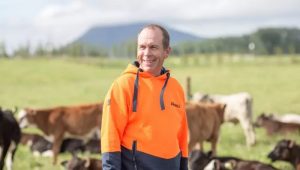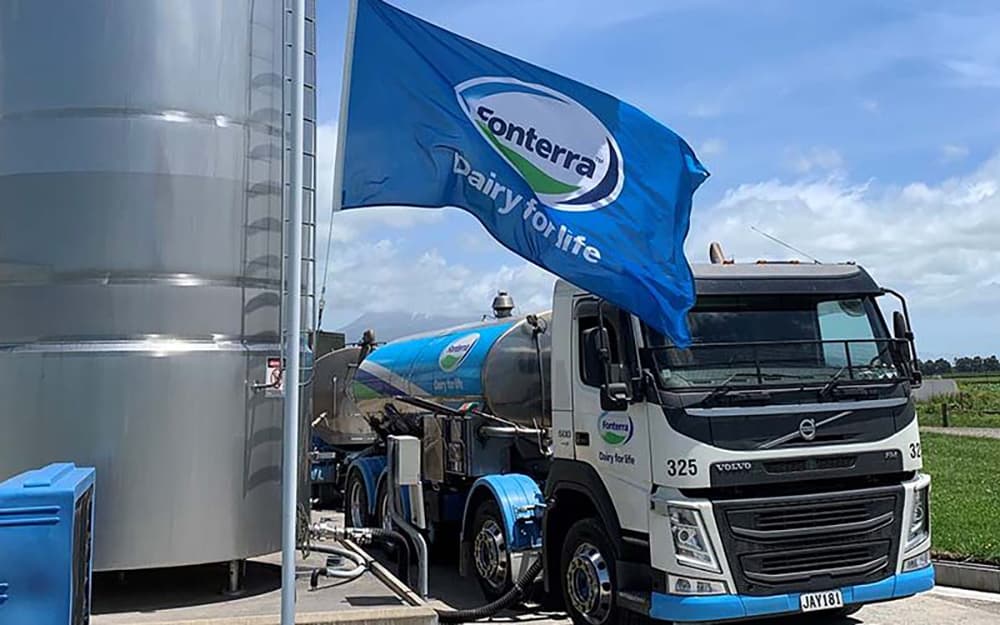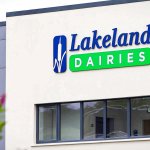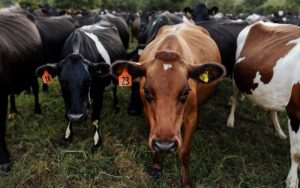
Westpac says the dairy market might have seen the worst of this low price cycle.
Each month Dairy Farmer‘s Milk Monitor delves into the dairy industry and gives the lowdown on the good, the bad and the ugly, and everything in between.
Four lifts in a row since the big 7% drop in mid-August is increasingly looking like the milk price cycle may be on the way up.
The latest lift on October 17 saw prices move 4.3% with milk powder up 4.2% to get to US$3059 and the overall average price reach US$3202.
Fonterra had responded on October 9 to the upward trend by lifting its forecast by 50 cents, making the new midpoint $7.25/kg MS. CEO Miles Hurrell says the move reflected both supply and demand.
Both ASB and Westpac have since followed suit with both lifting their forecasts to $7.35/kg MS and $7.25/kg MS respectively.
Westpac senior agri economist Nathan Penny says in the bank’s fortnightly Agri Update that result showed that market sentiment had changed, indicating that the worst of this price cycle may be over.
“Looking at sentiment, three things have helped turned the price tide. Firstly, prices hit very low levels, and this has led to increased buying interest, notably from the Middle Eastern and European buyers – after all, everyone loves a bargain.
“Secondly, the declaration of an El Niño weather pattern has increased the risk of a drought and a contraction of supply later in the season. Lastly, oil prices have lifted over recent months, and this may have given further impetus to demand from Middle Eastern buyers.”
That says, Penny was still cautious, pointing out that there has been no material improvement in Chinese demand and Chinese economic data is also inconclusive at this juncture.
This is a point also noted by ASB economist Nathaniel Keall, who says China was still not that active compared with its usual presence on global dairy markets.
“The North Asian region has typically bought only around 25-50% of the WMP on offer since the beginning of June – roughly the same proportions of volumes it was purchasing this time last year during China’s zero-covid period,” he says in the bank’s Commodities Weekly publication.
Keall says the auction lifts had made that August fall look increasingly like a near-term floor.
“All of the WMP contracts (stretching well into the season) have lifted, and the curve has been consistently flattish to slightly upward-tilting.
“That’s a sign that underlying demand is indeed firmer and it isn’t only a near-term shortage or some other squeeze skewing the overall figure. That’s all good news for farmers in a season where that has been in fairly short supply thus far.”
For now, with spring grass in full flush and a rising milk price, maybe farmers can still minimise the financial loss many were expecting to make just a few months ago.
This article first appeared in our sister publication, Dairy Farmer.























